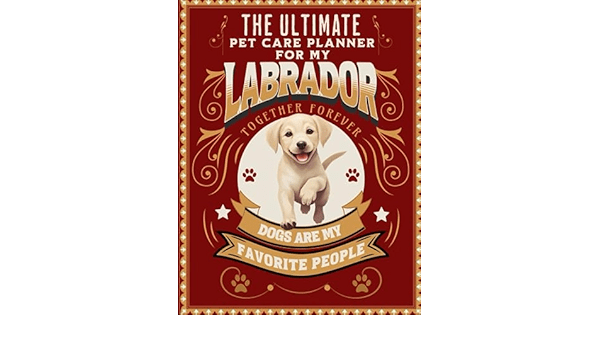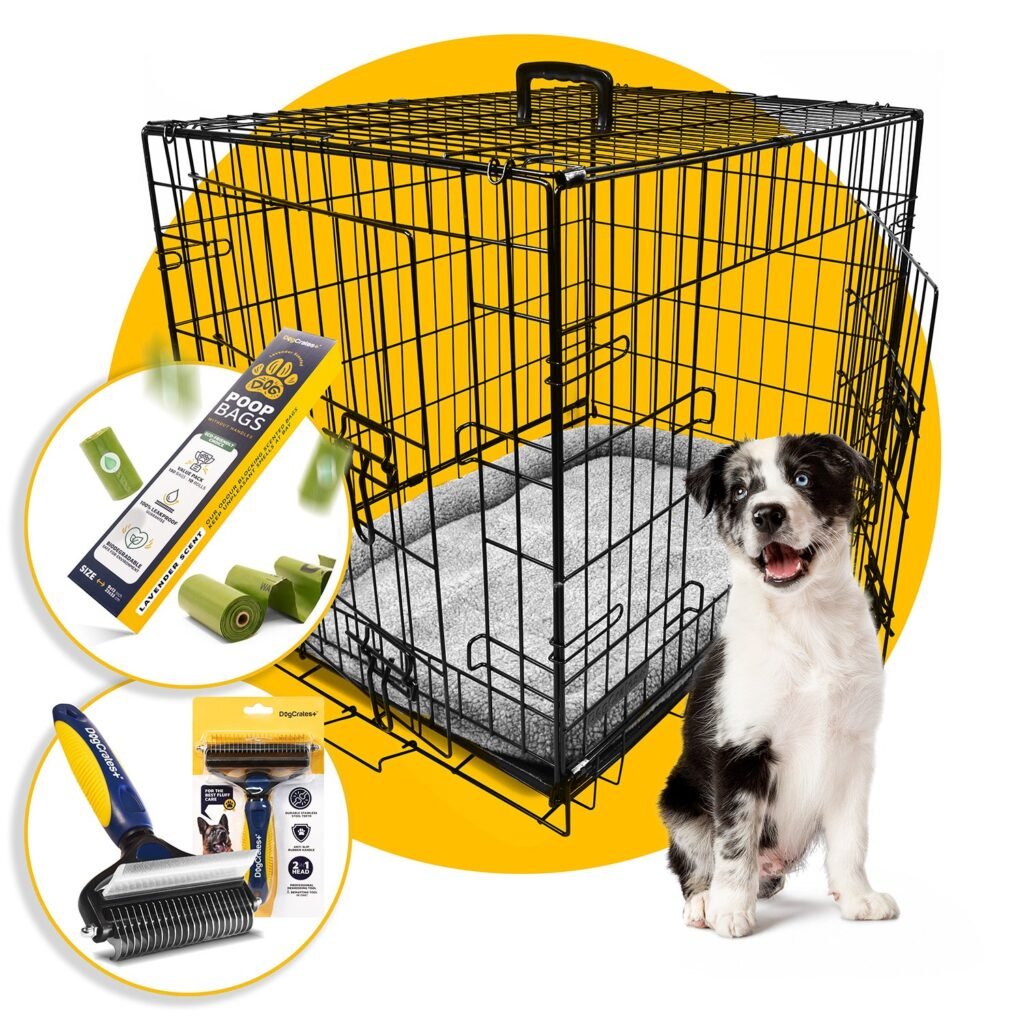Have you ever wondered how you can make dog walking more enjoyable for both you and your furry friend? Whether you’re a seasoned pet owner or a newbie with a freshly adopted furball, navigating the nuances of daily walks can be a bit of a challenge. As someone who adores dogs and writes for PawsnBlogs, I couldn’t resist sharing some pawsome advice to make those strolls more delightful.

This image is property of pawpang.com.
What’s in Your Dog Walking Kit?
Firstly, let’s talk gear. When you’re all set to stroll around the neighborhood or hit the park trails, what’s in your dog walking kit? Some essentials can make the entire outing much more pleasant.
The Right Leash and Collar
Choosing the right leash and collar is crucial. Not all leashes and collars are created equal, and some dogs have specific needs based on their behavior and physicality.
| Type | Description | Pros | Cons |
|---|---|---|---|
| Standard Leash | Typically 4-6 feet long, made of nylon or leather | Great control, durable | Limited mobility for dogs |
| Retractable Leash | Extends up to 26 feet | Freedom for dogs to explore | Less control, prone to tangles |
| Martingale Collar | Prevents dogs from backing out of their collars | Good for training, gentle on neck | Not suitable for all-day wear |
| Harness | Wraps around the dog’s torso | Reduces neck strain, good for small dogs | Can be cumbersome to put on |
Have you tried different combinations? I remember when I first switched from a standard collar to a harness; it made a world of difference, especially since my dog’s superpower is pulling like a miniature truck.
Waste Bags (Because Nature Calls)
Let’s face it, one of the less glamorous parts of dog walking involves dealing with poop. Always carry waste bags; nothing is worse than scrambling for a stick and leaves to clean up. I usually stash extra bags in the glove compartment, jacket pockets, and even inside the dog’s backpack—not that he minds carrying his own poop bags.
Timing is Everything
When you walk your dog can be just as important as how you walk them. Figuring out the right time for your pup can mean the difference between a laid-back stroll and a tug-of-war marathon.
Early Birds and Night Owls
Dogs, much like humans, have varying levels of energy throughout the day. If you notice that your dog is more active in the morning, aim for an early walk. Conversely, if they are more laid-back in the evenings, a night walk might suit them better.
| Time of Day | Best For | Notes |
|---|---|---|
| Morning | High-energy dogs, cooler temperatures | Less crowded parks, more wildlife |
| Afternoon | Laid-back dogs, mild energy | Potential for hotter weather, more people |
| Evening | Moderate energy, cooler temperatures | Quieter streets, more relaxed atmosphere |
I remember taking my Labrador, Max, for a walk during the heat of the afternoon—big mistake. He spent more time dragging his paws than exploring, and we both ended up cranky. Lesson learned!

This image is property of butchersdogfood.co.uk.
Engagement and Interaction
Training on the Go
Walking is not just exercise; it’s also an opportunity for training. Teaching your dog commands like “heel,” “leave it,” and “come” while you’re out and about can be very effective. It combines physical exercise with mental stimulation, which tires them out in the best way possible.
Smelling the Roses (And Everything Else)
Ever wondered why your dog sniffs every single post and bush? It’s their way of checking the neighborhood news. Smelling is a huge part of how dogs understand the world around them; it’s like reading the morning paper. So, let them take their time. Patience is key. A few minutes of sniffing can make the entire walk more fulfilling for your dog.
Social Butterfly or Lone Ranger?
Group Walks and Socialization
Does your dog enjoy the company of other dogs, or do they prefer hanging out with just you? Group walks offer great socialization opportunities but can also be overwhelming for some dogs. I had a Beagle who adored mingling but would get overly excited and then crash for hours afterward.
Solo Walks
If your dog tends to be more of a loner or gets anxious around other dogs, stick to solo walks. You’ll find it’s a calmer experience for both of you.

This image is property of y2a7t2w5.rocketcdn.me.
Adapting to the Weather
Hot Weather Tips
When the sun’s blazing, it’s crucial to keep your dog cool. Plan walks during the cooler parts of the day and always bring water for them. Remember, if the pavement feels too hot for your hand, it’s too hot for your dog’s paws.
Cold Weather Considerations
Cold weather walking poses its own set of challenges. Some dogs love snow, while others, not so much. Short-haired dogs might benefit from a little doggie sweater, while paw wax can help protect against ice and salt.
Knowing Your Route
Exploring New Paths
While familiar routes are comforting and predictable, exploring new paths can make walks more exciting. Different environments offer varied smells and sights that engage your dog’s senses.
Safety First
Always assess the safety of new routes. Check for any hazards like broken glass or excessively busy roads. It’s always better to be safe than sorry.

This image is property of forthglade.com.
Addressing Behavioral Issues
Pulling on the Leash
Leash-pulling can be a real nuisance. Consistent training and perhaps a special no-pull harness can work wonders. Remember, patience is your best asset here.
Reactivity to Other Dogs
If your dog reacts aggressively or anxiously to other dogs, consider working with a professional trainer. It’s a common issue but one that can often be managed with the right approach.
The Benefits of Professional Help
Hiring a Dog Walker
Sometimes you just don’t have the time or energy for those daily walks. Hiring a professional dog walker can be a great solution. They often bring a level of expertise and routine that benefits both you and your pup.
Professional Training
If you’re struggling with specific issues, investing in professional training can save a lot of headaches down the line. Trainers offer tailored advice that can be incredibly effective.

This image is property of hoobynoo.co.uk.
Making It Fun
Incorporate Games
Fetch, tug-of-war, and hide-and-seek can make walks more engaging. Incorporating these activities helps to keep your dog mentally and physically stimulated.
Use Technology
There are numerous apps and gadgets designed to make dog walking more enjoyable. GPS trackers, step counters, and even social apps can turn a simple walk into an exciting adventure.
Wrapping it Up
So there you have it, some friendly advice from someone who’s spent countless hours walking various dogs. Remember, each outing is not just a routine trip; it’s an adventure waiting to unfold. By being thoughtful about your approach, you can make dog walking a highlight of both your days. Don’t forget, happy walks make for happy dogs!





